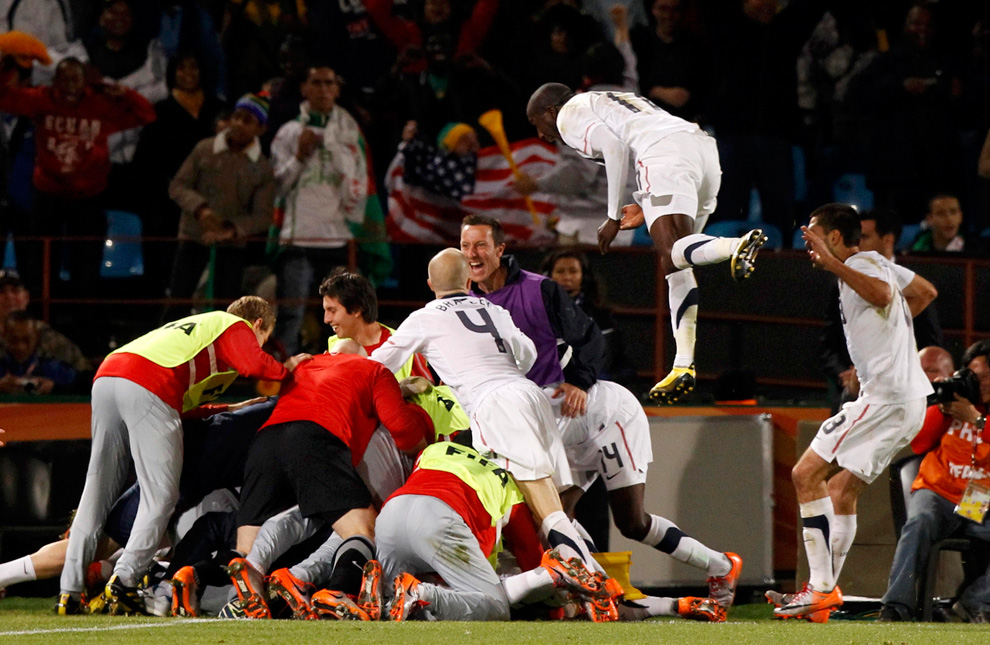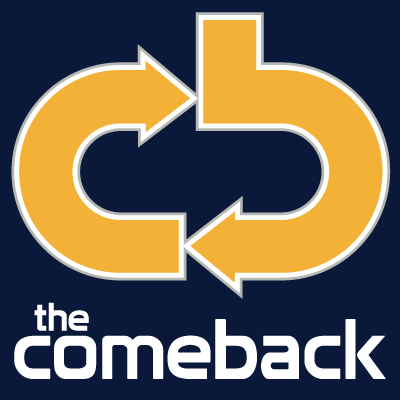Second division soccer on a real cable television network in the United States? While that thought is usually reserved for the English Championship division, it is also a reality right here at home in the United States.
That’s because the NASL has entered into an agreement with broadcast partner beIN Sports to carry its matches this upcoming season. It’s the first agreement between a professional league in North America and the international sports broadcaster, and will mean live league games on the network in America.
“We’re obviously very excited to announce our new partnership with beIN SPORTS,” NASL Commissioner Bill Peterson said in a statement. “Like the NASL, beIN SPORTS has quickly grown in importance and stature across North America. Our savvy pro soccer fans here in North America are watching beIN SPORTS on a regular basis, and now they’ll be able to watch exciting and competitive NASL action every week.”
The deal will mean at least 34 matches will be broadcast on beIN Sports throughout the United States, Canada and Puerto Rico. A full 11 of those matches will be weekend matches in the spring half of the season, 18 in the fall and five will take place during the week.
NASL kicks off its 2016 season with a televised match on beIN Sports between Florida rivals Fort Lauderdale Strikers and Miami FC. What won’t be seen are the New York Cosmos, who have their own television rights deal, and while that hurts in the largest TV market in the country, this league has plenty to be happy about today.
What isn’t being talked about though, is just how vital this deal is in the behind the scenes battle for the hearts and dollars of American soccer fans. It’s also part of the NASL’s branding as the alternative, not the “second division” to MLS.
No doubt the leagues are far apart in terms of attention and growth, but the NASL quickly moved on from a “second division” model to now openly talking about competing with MLS for the top spot in the minds of the American soccer fan.
Having these rights, along with its growing base of teams in major markets, gives the NASL the solid footing it needs to continue to sustain and grow.
So does the fact that MLS’ relationship with USL changed that league’s dynamics.
Gone are the days of the NASL and USL competing for the same players, some of the same cities and the moniker of the “official second division” league on the U.S. soccer pyramid.
The USL has basically become a feeder league to MLS and its symbiotic relationship means it has gone from a viable second division league to further down the structure within the U.S. soccer pyramid.
On the other hand, the NASL has positioned itself in a ownership model much more recognizable to the American sports fan and has allowed for big name players (perhaps on their last legs or not) to become part of the setup.
No salary caps, owners willing to spend to get attention and increasing quality and now this television announcement certainly positions the NASL in a way that no one really saw coming even five years ago, let alone 10.
Getting this rights deal changes the game, and now it is all about the next steps to make this league grow and spread at a pace that won’t make the NASL of today go the route of its predecessor.






